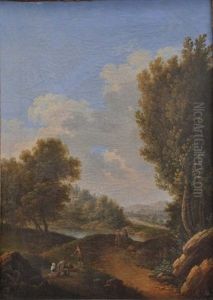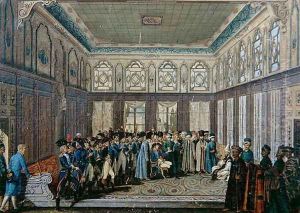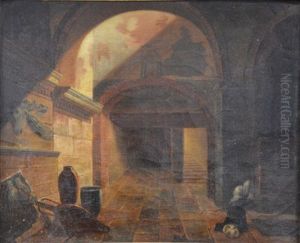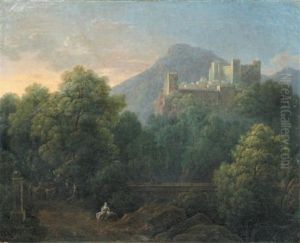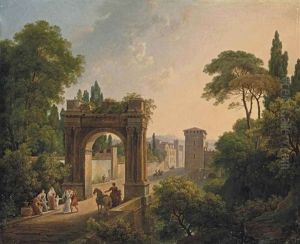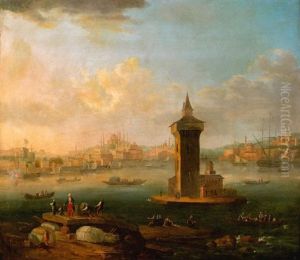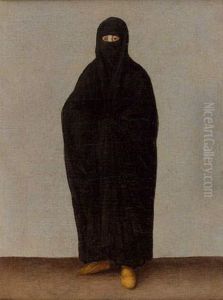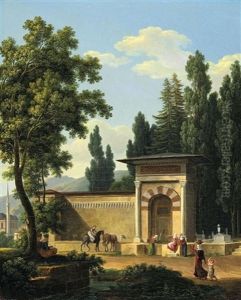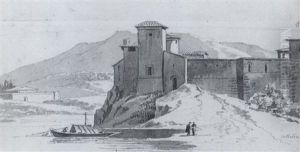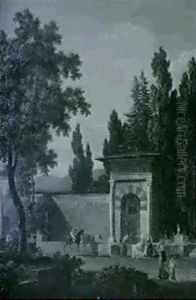Antoine-Laurent Castellan Paintings
Antoine-Laurent Castellan was a French artist, engraver, and architect born in 1772 in Montpellier, France. Although not as widely recognized as some of his contemporaries, Castellan made significant contributions to the arts, particularly through his travel literature and engravings that depicted various architectural wonders and landscapes.
Castellan's early life details are not extensively documented, but he is known to have developed a keen interest in the arts at a young age. He pursued his passion for art and architecture through formal education, though the specifics of his training are not well-recorded in historical sources. His career began to gain traction at the turn of the 19th century when he started to produce works that would eventually solidify his reputation.
During his travels, especially to countries like Italy and Turkey, Castellan meticulously documented the architecture and scenery he encountered. His works from these travels were later published, allowing a wider audience to appreciate the exotic and classical locations he illustrated. The sketches and engravings he produced were characterized by their attention to detail and their ability to convey the aesthetic and cultural atmosphere of the sites he visited.
One of Castellan's notable works is 'Moeurs, usages, costumes des Othomans et abrégé de leur histoire,' a multi-volume set that showcased the customs, clothing, and history of the Ottoman Empire. This work was particularly important because it provided a comprehensive visual and textual account of the Ottoman culture at a time when such depictions were rare in Western Europe.
Castellan's contributions to the artistic and architectural world continued throughout his life. He was not only an artist but also an architect, although his architectural works are less documented and recognized than his engravings and writings. His artistic endeavors were well-regarded by his contemporaries, and his travel literature enriched the European understanding of foreign cultures and architectural styles.
Antoine-Laurent Castellan died in 1838. Despite the fact that he is not as celebrated as some of his peers, his work remains a valuable historical resource for understanding the early 19th-century European perspective on non-Western societies and their architectural heritage. Castellan's legacy is preserved in the detailed engravings and writings he left behind, which continue to be of interest to art historians, architects, and cultural scholars.
